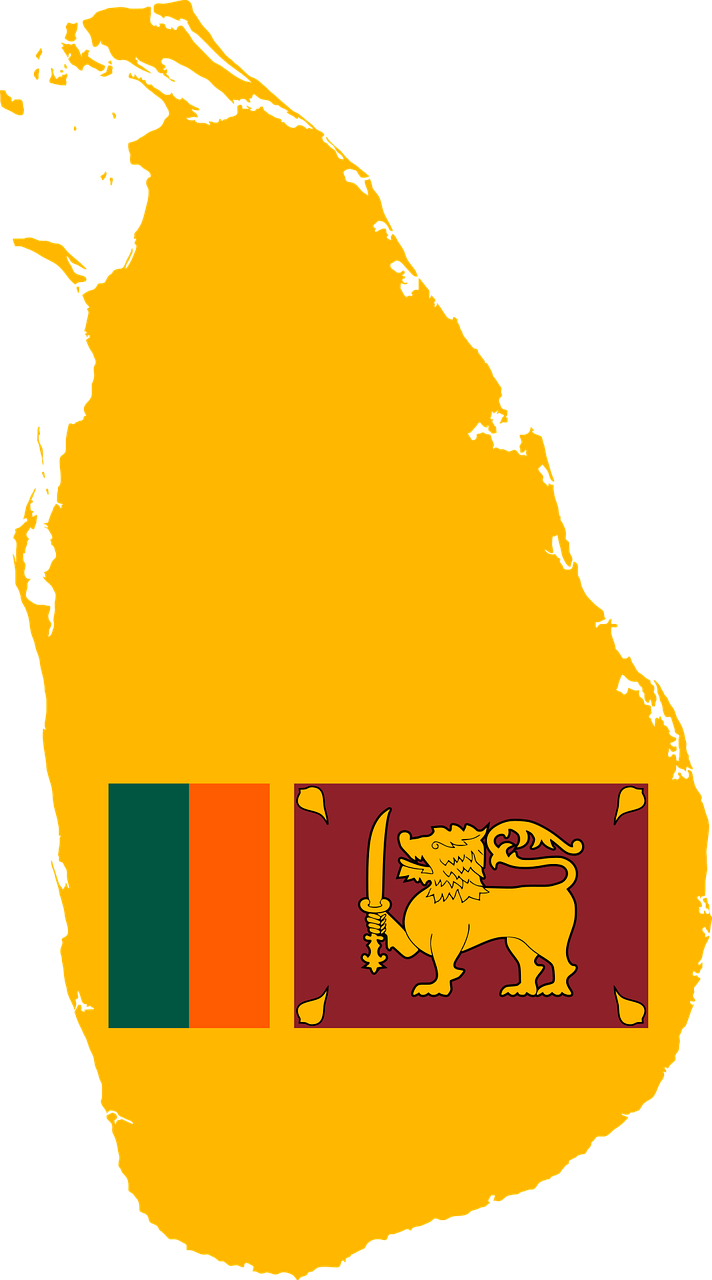Report by Shuchi Giridhar
Sri Lanka and India extended their Science and Technology(S&T) collaboration for three more years, at the India-Sri Lanka 5th Joint Committee on S&T Cooperation held on Thursday, the 20th of January.
The goal of this collaboration is to explore new areas like waste-water technologies, biotech, sustainable agriculture, aerospace engineering, robotics, big data analytics, and artificial intelligence, as well as industrial collaborations.
S. S. K. Varshney, Advisor, and Head, International Cooperation, Department of Science and Technology (DST) said that India and Sri Lanka have a great legacy of intellectual, cultural, and religious interaction and a relationship of more than 2500 years. He also said that cooperation in S&T has become very critical as trade and investment and cooperation in education and other such lines have gone up in recent times.
The fact that Sri Lanka, as a part of India’s ‘Neighborhood First’ policy would be helped and supported by India at all times was highlighted by the Deputy High Commissioner of India to Sri Lanka, Vinod K. Jacob.
This is a very important development for Sri Lanka. The country has been dependent on China for its development and is caught in a debt trap now with China.
Let’s understand the situation in Sri Lanka.
What is going on in Sri Lanka?
As part of Beijing’s global Belt and Road infrastructure program, China invested in infrastructure and development of Hambantota port in Srilanka.
As part of the deal, Sri Lanka was required to repay the cost of the Project to China. However, Sri Lanka has not been able to keep up the payments leading to an overall debt of $4.5 billion in 2022, with an additional $500 million as international sovereign bond repayment. Because of this, the Hambantota port is now on a 99 year lease to China.
Despite the mounting pressure to pay off the debts, the island country needs to address two of the immediate concerns – food crisis and a power shortage crisis.
The Food Crisis
Let’s first understand Sri Lanka’s food crisis.
Sri Lanka’s benchmark inflation rate, measured by the National Consumer Price Index, increased to 14 per cent in December 2021.
The food prices in Sri Lanka rose by 22.1% just in the month of December.
Food inflation hit an all-time high last month on a year-on-year basis ever since the Colombo Consumer Price Index (CCPI) was launched in 2013.
The country saw a rise in the price of milk powder and fuel costs.
Milk powder, sugar, lentils (pulses), and other essentials have been rationed by the supermarkets for months to come as the Sri Lankan Bank does not have enough money to pay for the imports of these materials.
A broad import ban has also been enforced by the government stating that no imports will be allowed into Sri Lanka as the country does not have enough money to pay for it. Overall inflation was also due to the country’s struggles to finance urgent imports to tackle an acute shortage of essentials.
The Power Issue
Sri Lanka does not have any fuel left as the island country’s fuel exhausted on Tuesday,18th January 2022.
Sri Lanka’s energy regulator had given permission for the Ceylon electric city board to share loads if there are any major power or fuel shortages. In order to save power, the Energy Minister has decided that there will be four hour power cuts everyday.
Recently, India has put up a deal with Srilanka that its Adani group will help operate, install and develop 61 oil storage tanks of the Indian Oil brand and the Sri Lankan brand Trinco Petroleum terminal in the port city of Trincomalee.
India has also given a loan of $500 million to Sri Lanka.
Shri Subrahmanyam Jaishankar, the foreign minister of India, also expressed that India would continue to help Sri Lanka recover from the debt trap.
The Political Side of things
You might remember our story on the Hambantota port. This port will help China to surround India from the south. With China in the East and North East, Pakistan in the West, South was the only region where India did not have an active need for defence. A Chinese port at this location is a security issue for India.
Some months ago, the Sri Lankan government decided that only organic fertiliser will be used for agriculture in Sri Lanka. But Sri Lanka could not produce that much organic fertiliser. So, a decision was made to temporarily import organic fertiliser. The samples received from China were found to be contaminated (polluted) with harmful bacteria and were rejected. India’s samples were accepted.
This was not liked by China.
Over the last few weeks, both China and India have been working with Sri Lanka to help the island nation tide over the financial crisis. But both countries do not want the other to be present in Sri Lanka. The Sri Lankan government, however, wants help from both.
Uncontrolled inflation might cause a health issue as people are unable to get necessities. The government in Sri Lanka is trying its best to tide over the current situation.

